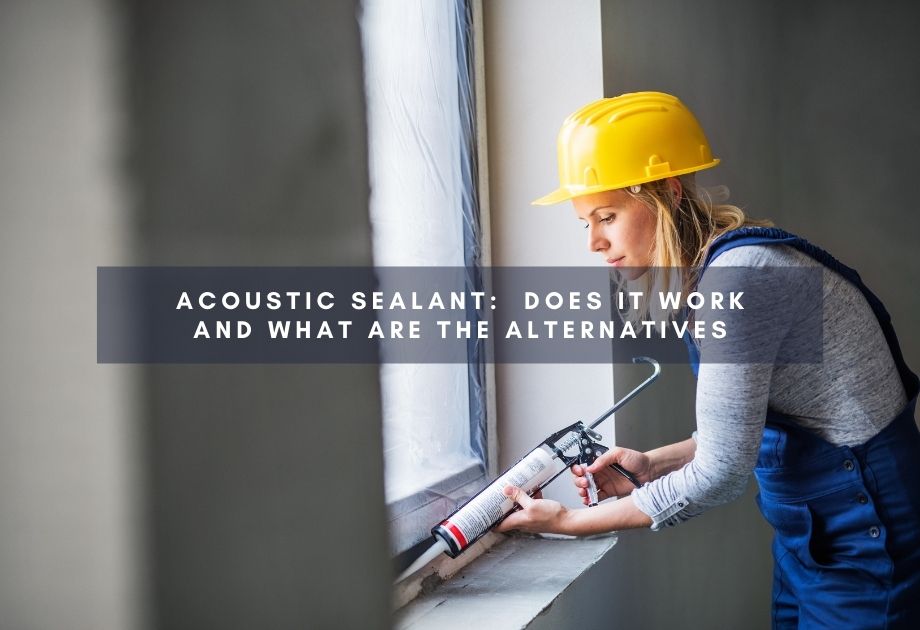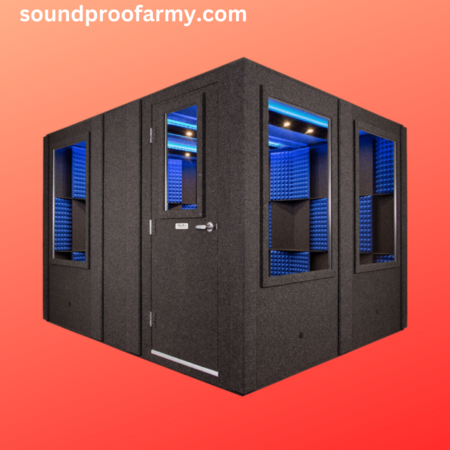Fiberglass makes it to the list of the best soundproofing material owing to its affordability and availability. But, is fiberglass insulation good for soundproofing?
Though fiberglass insulation is primarily used for thermal insulation, it doesn’t have the same resistance as that of mineral wool. But we could not say the same about its acoustic performance.
In this post, we will discuss FiberGlass from the prism of a DIY soundproofing enthusiast with our prime focus to answer one question and one alone:
Is fiberglass insulation as effective in absorbing sound as it’s widely believed?
Also, we will share with you how Fiberglass insulation works and everything we know about this type of insulation.
So without further ado, let’s find out what fiberglass is and how it works.
Table of Contents
Fiberglass Insulation in a nutshell:
Fiberglass insulation is made of spun plastic embedded with glass fibers. Manufacturers often use recycled glass to keep the price low or spin sand to form the glass.
You might have been familiar with the insulation batts used in ceilings and floors for thermal insulation. Other formats include rolls of fiberglass insulation, loose-fill, and rigid boards.
Each format has its own functions. For instance, rigid fiberglass boards are made for ductwork, whereas insulation batts are installed in the ceiling and walls to deaden impact sound or structure-borne noise from escaping or entering the space.
How does Fiberglass Sound Insulation Works?
As we have mentioned earlier, Fiberglass insulation material is made by spinning glass. The glass makes an interlocking pattern in the process and thus acquires both thermal and sound insulation capabilities.
It not only insulates the structure from heat or cold but also absorbs sound waves. Rather than completely blocking the sound, it mitigates its intensity which can be considered effective soundproofing for all practical purposes.
So if you ask me ‘Does fiberglass sound insulation absorb sound?’. The short answer is, Yes, it does.
Is Fiberglass good for soundproofing?
Fiberglass insulation does an excellent job as far as soundproofing is concerned. However, keep in mind, it doesn’t absorb all sound frequencies and you may have to use other materials in combination with the Fiberglass to get the desired result. Neither will it completely block all the noise entering or escaping the space as you may have windows, doors, and vents that let through airborne sound.
To answer the question of whether fiberglass is good for soundproofing you would have to consider the NRC (abbreviation for Noise Reducing coefficient)rating of the product.
What is the NRC rating of Fiberglass insulation?
As mentioned earlier, there are different fiberglass insulation products with varying soundproofing capabilities. Some are more effective than others. To distinguish between them, you will have to consider the NRC rating for each product.
NRC or the Noise Reduction Coefficient and is a measure of sound absorption. There are different scales to quantify the rating: measurements in sones, dB reduction rates, or weighted decibels (which will be used here).
The Fiberglass insulation with an NRC rating of .45 would have absorbed 45% more noise compared to if it were not installed at all. Different products offer varying levels of effectiveness as high as 0.75 – so don’t settle for less than you need.
Fiberglass insulation of three and a half-inch would offer would have a score as high as 0.85 to 0.95, which in layman’s terms is extraordinary soundproofing.
Usage, Advantages, and disadvantages of Fiberglass insulation:
Fiberglass insulation is primarily used as a thermal insulator.
Once installed, the fiberglass effectively absorbs soundwaves both from outside and inside and thus prevents the sound from entering or escaping, and thus affording you a quiet and calm environment.
Here are a few advantages & disadvantages of fiberglass insulation:
Advantages:
– Fiberglass insulation is the most affordable option out there
– It offers an excellent acoustic performance
– Easy installation by professional contractors or DIY enthusiasts alike
-Highly suitable for joist spacing or a structure where there are a few obstacles
Disadvantages:
– Low thermal performance when compared to other insulations such as mineral wool; higher energy consumption due to its need for extra air conditioning or heating during summer and winter seasons.
-It might trap dust or moisture which lead to the growth of molds
-With time, Fiberglass loses its thermal and sound insulation capabilities
-Small fiberglass particles may cause rashes, itching, and irritation if it comes in contact with the skin. we highly recommend that you should wear gloves and masks, and goggles when working with fiberglass.
Types of Fiberglass insulation:
Fiberglass insulation batts:
Fiberglass batts are the most popular type of insulation. They’re available in various thicknesses and widths, making them versatile for both interior and exterior use. The installation process is quick and easy, with no additional layer required to provide vapor barrier or soundproofing properties
They are perfect for cavities, especially between joists. For better results, they should be used in combination with gypsum.
Loose Fill:
Loose-fill fiberglass insulation is the most economical type of this material. It is available in different sizes and installs quickly with minimal fuss. As the name suggests, they are not given any special form.
They can be blown in walls, cavities, and attics for insulation purposes. They’re best suited for difficult enclosures with hard-to-access areas like windowsills or where additional material is not required under them like lofts.
The downsides are that it’s not suitable for around electrical conduits or pipes, as well as requires additional vapor barrier and soundproofing materials to be installed.
Continuous insulation rolls:
Continuous insulation rolls are similar to the soundproofing batts we discussed earlier, and only those people prefer them who don’t want to leave many joints while installing fiberglass.
Also, this type is the most user-friendly.
Installing fiberglass insulation:
Fiberglass insulation is a porous material and hence it does not offer as much resistance against airflow. Hence, we should install the fiberglass on the side where there are no vents or fans.
We need to wear gloves while installing fiberglass insulation because of its sharp edges whereas mineral wool has gentle edges.
Fiberglass batts are usually stapled in places that need installation.
We can install Fiberglass insulation on the walls of our room but we should remember not to put it between the studs or parallel with a wall.
If you want better soundproofing, then you need to use glass fiber insulation in conjunction with other materials like wood boards and steel wool.
When installing Fiberglass batts, be sure that they fit tightly against one another so air leaks do not occur through these gaps. After this step, seal all joints and seams at your own risk by using foil tape or liquid rubber sealant.
The loose-fill fiberglass comes in bags and you will have to blow it in places we cannot reach easily.
Make sure you don’t go above a certain limit as installing too much fiberglass can lead to costly ventilation fixes.
Effects of fiberglass installation on energy costs:
Do you know that a Fiberglass insulation system has an excellent R-Value?
To have the same effect on your energy costs as using metal studs, it would take twice the amount of time and material. This is why fiberglass soundproofing is more cost-effective than any other option.
Replacing 25% of your home’s walls with this insulation could save up to $200 in annual heating and cooling bills for every square foot.
Being a poor conductor, the fiberglass won’t allow the heat to escape from your room and thus significantly reducing the energy bills. However, the same couldn’t be said about airflow. For better thermal insulation you need to invest in a material that offers adequate regulation of airflow and is a poor conductor of heat.
Final words on fiberglass sound insulation:
Fiberglass insulation has high acoustic performance and they are highly effective in absorbing sound waves. This means that they will help reduce soundwaves bouncing off the flat surfaces and thus reducing eco in the room.
Owing to their passable thermal properties, they significantly cut down the energy bills.

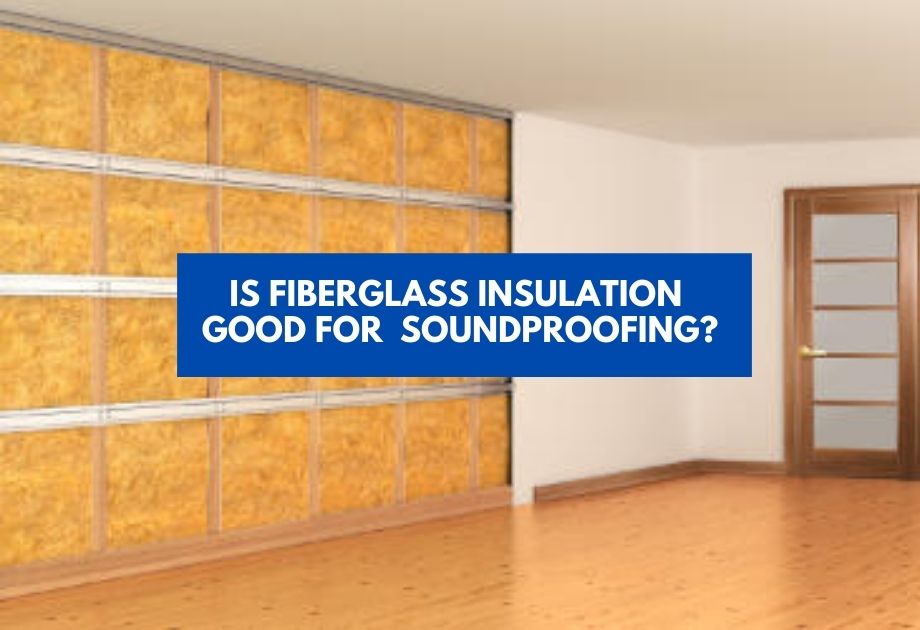



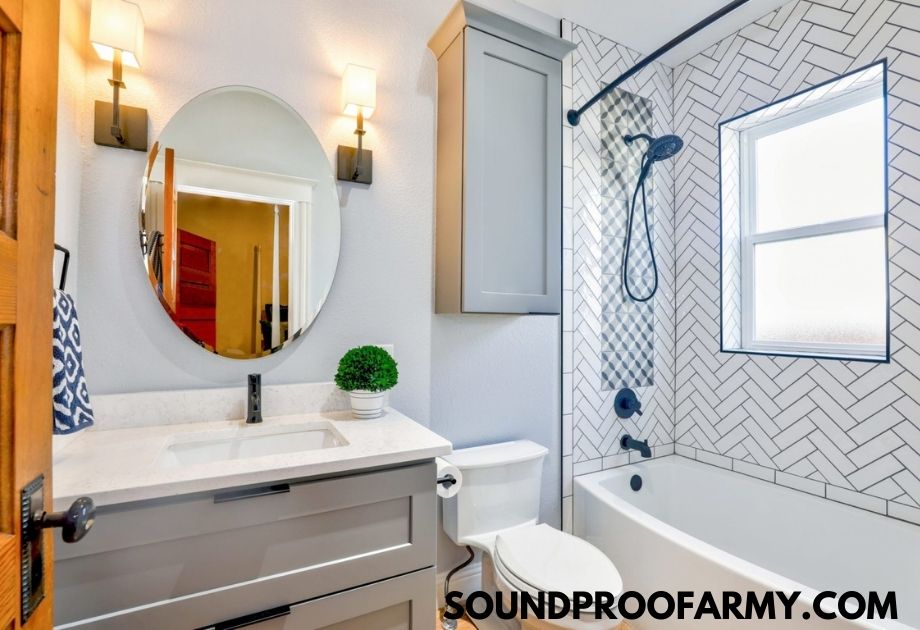
![How To Soundproof A Basement Ceiling Cheaply [9 Ways]](https://soundproofarmy.com/wp-content/uploads/2021/06/cheapest-ways-to-soundproof-basement-ceiling-Simple-DIY-Hacks.jpg)
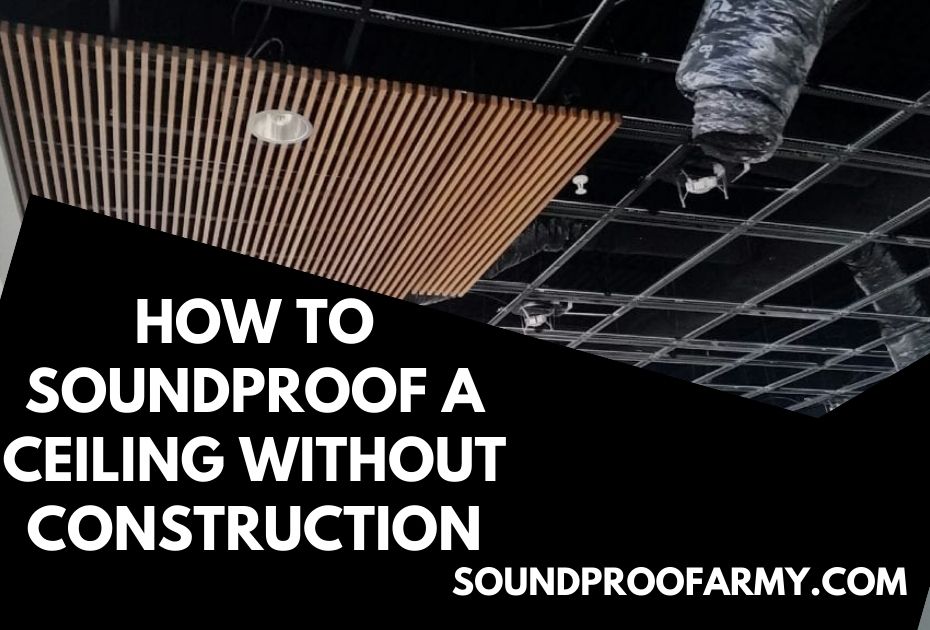
![How to Soundproof a Door with Household Items [14 Effective Ways]](https://soundproofarmy.com/wp-content/uploads/2021/07/How-to-Soundproof-a-Door-with-Household-Items.jpg)

